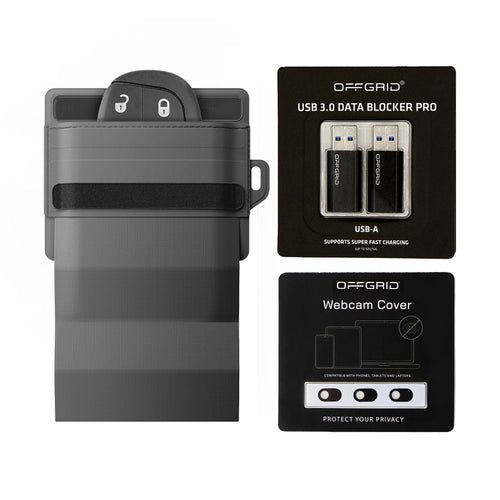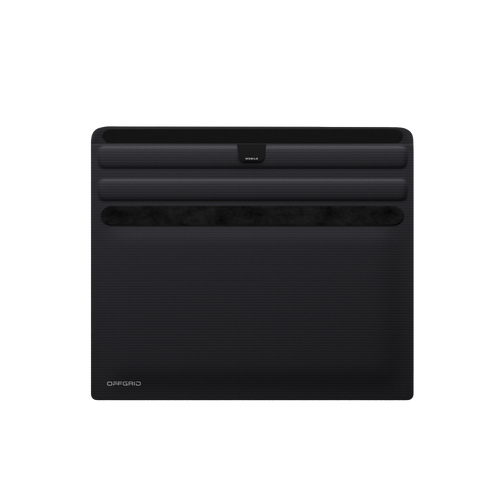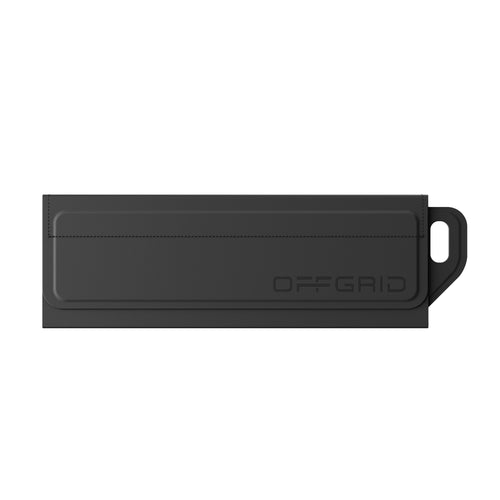Digital privacy isn’t one thing anymore. It’s not solved by installing a VPN, turning on a setting, or buying a single device. Real privacy comes from layers. Each layer covers a different weak point, and together they form a stack that’s much harder to break through.
Three tools make that stack surprisingly strong: Faraday shielding, device encryption, and a trusted VPN. They each solve a different problem, and when you combine them, you get protection online, offline, and everywhere in between.
Let’s look at how these layers work and why they matter.
Why a “privacy stack” is the new norm
Devices are always connected. They’re constantly sending signals, exchanging data, and creating logs. Your phone, laptop, smartwatch, key fob, smart speaker, and tablet all talk to the world whether you’re using them or not.
A privacy stack works because it builds protection at three levels:
-
Physical signals
-
Local data stored on the device
-
Traffic sent across the internet
If one layer fails, another layer catches the problem.
Layer 1: Faraday protection – control the signal
A Faraday bag blocks all wireless signals including WiFi, Bluetooth, cellular, RFID, NFC, GPS, and more. As soon as a device goes inside, it’s offline. Not “airplane mode” offline. Completely silent.
Why this matters:
Even powered-down devices may broadcast identifiers or accept incoming attempts. Faraday shielding stops:
-
Bluetooth tracking
-
WiFi-based exploits
-
Rogue access point attacks
-
Silent background data exchanges
-
Location-based tracking
-
Wireless key fob theft
It gives you a physical kill switch. No software setting can guarantee that.
Good use cases:
-
Traveling with phones or passports
-
Carrying sensitive devices
-
Working in public spaces
-
Storing old electronics or IoT gear
-
Shutting down tracking temporarily
This layer covers the physical world - everything that moves through the air.
Layer 2: Encryption – protect what’s inside the device
Faraday shielding cuts off communication, but once the device comes out of the bag, you still need protection for what’s stored on it. That’s where encryption comes in.
You likely use encryption already: full-disk encryption on your phone, password managers, secure messaging apps, and encrypted backups. When encryption is set up correctly, even if someone steals your device or intercepts your files, they can’t read anything meaningful.
Why this matters:
-
Protects files, passwords, photos, and messages
-
Keeps stolen or lost devices from revealing data
-
Blocks unauthorized access even if someone has physical control
-
Secures cloud backups and local storage
This layer protects your data, not your connection.
Layer 3: VPN – protect your traffic
A VPN (virtual private network) encrypts your internet traffic and routes it through a secure tunnel. Your network provider, public WiFi, hotels, and cafes can’t see what you’re doing. Attackers on open networks can’t intercept your traffic.
Why this matters:
-
Hides your IP address and location
-
Prevents browsing-profiling and tracking
-
Protects you on public WiFi
-
Encrypts your data in transit
-
Reduces the chance of targeted attacks
This layer protects your connection - everything leaving the device.
Why these layers work so well together
Each tool covers a different vulnerability. None of them overlap, and none of them replace each other.
-
A Faraday bag blocks wireless signals entirely
-
Encryption keeps your files unreadable
-
A VPN keeps your online activity private
Together, they protect you:
-
Offline
-
Online
-
In transit
-
At home
-
While traveling
-
On personal or work devices
-
On networks you don’t control
It’s a full-spectrum privacy strategy that doesn’t rely on one company or one feature.
How to use the stack in everyday life
Travel
Put your phone or passport in a Faraday bag during transit. Use encrypted apps for personal data. Turn on a VPN when you connect to airport or hotel WiFi.
Remote work
Keep unused devices shielded. Encrypt your laptop and backup drives. Use a VPN anytime you’re away from a private network.
Smart home spaces
Mute IoT devices you’re not using with a Faraday pouch. Keep sensitive files encrypted. Run a VPN on your router or individual devices to reduce network-level tracking.
General privacy
Whether you’re protecting business data, personal info, or your digital footprint, layers give you control you won’t get from a single tool.
Final thoughts
Privacy doesn’t come from one product. It comes from stacking the right protections in a way that covers all the angles. Faraday shielding locks down signals. Encryption locks down data. A VPN locks down traffic.
Individually, they’re useful. Together, they’re powerful.




